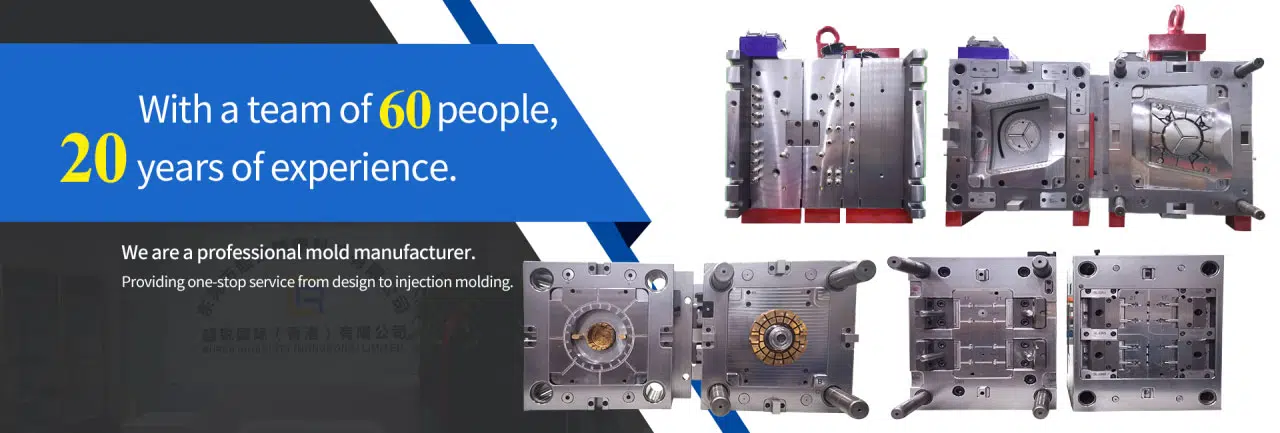
# Precision Engineering: Mastering Tight Tolerances in Manufacturing
Keyword: Tight Tolerances
## The Importance of Tight Tolerances in Modern Manufacturing
In today’s highly competitive manufacturing landscape, achieving tight tolerances has become a critical factor in producing high-quality components. Tight tolerances refer to the permissible limit of variation in a physical dimension, ensuring that parts fit together precisely and function as intended.
Manufacturers across industries – from aerospace to medical devices – increasingly demand components with tight tolerances to meet stringent performance requirements. This precision engineering approach minimizes errors, reduces waste, and enhances product reliability.
## Understanding Tolerance Standards
Tolerance standards vary depending on the application and industry requirements. Common tolerance classes include:
– IT01 to IT4: Ultra-precision tolerances for gauges and measuring instruments
– IT5 to IT7: High-precision tolerances for precision engineering applications
– IT8 to IT11: Medium tolerances for general engineering
– IT12 to IT16: Coarse tolerances for undemanding applications
The International Tolerance (IT) grade system provides a standardized way to specify dimensional tolerances, helping manufacturers communicate requirements clearly.
## Challenges in Achieving Tight Tolerances
Maintaining tight tolerances presents several technical challenges:
– Material selection and behavior under different conditions
– Machine tool capabilities and stability
– Environmental factors like temperature and humidity
– Operator skill and measurement techniques
– Cost implications of tighter specifications
Overcoming these challenges requires a combination of advanced equipment, skilled personnel, and rigorous quality control processes.
## Advanced Techniques for Tight Tolerance Manufacturing
Modern manufacturers employ various techniques to achieve and maintain tight tolerances:
### 1. Precision Machining Technologies
– CNC machining with high-resolution feedback systems
– Micro-machining for extremely small components
– EDM (Electrical Discharge Machining) for complex geometries
### 2. Metrology and Quality Control
– Coordinate Measuring Machines (CMM) for 3D measurement
– Laser scanning and optical measurement systems
– Statistical process control methods
### 3. Material Science Innovations
– Advanced alloys with predictable thermal expansion
– Composite materials with stable properties
– Surface treatments to enhance dimensional stability
## Industry Applications of Tight Tolerance Manufacturing
Several industries particularly benefit from tight tolerance manufacturing:
### Aerospace Components
Critical aircraft parts require micron-level precision to ensure safety and performance under extreme conditions.
### Medical Devices
Surgical instruments and implants demand exacting tolerances to function properly within the human body.
### Automotive Systems
Modern fuel injection systems and transmission components rely on precise tolerances for efficiency and durability.
### Electronics Manufacturing
Miniaturized electronic components need sub-millimeter precision for proper functionality.
## The Future of Tight Tolerance Manufacturing
As technology advances, the demand for tighter tolerances continues to grow. Emerging trends include:
– AI-driven process optimization for consistent quality
– Additive manufacturing with micron-level precision
– Smart factories with real-time tolerance monitoring
– Nanotechnology applications requiring atomic-scale precision
Manufacturers who master tight tolerance techniques will maintain a competitive edge in producing high-performance, reliable components for tomorrow’s applications.
## Best Practices for Maintaining Tight Tolerances
To consistently achieve tight tolerances, manufacturers should:
– Invest in high-quality, well-maintained equipment
– Implement comprehensive training programs for operators
– Establish robust quality control protocols
– Monitor environmental conditions in production areas
– Continuously improve processes based on data analysis
By following these practices, manufacturers can deliver precision components that meet the most demanding specifications while maintaining cost-effectiveness.